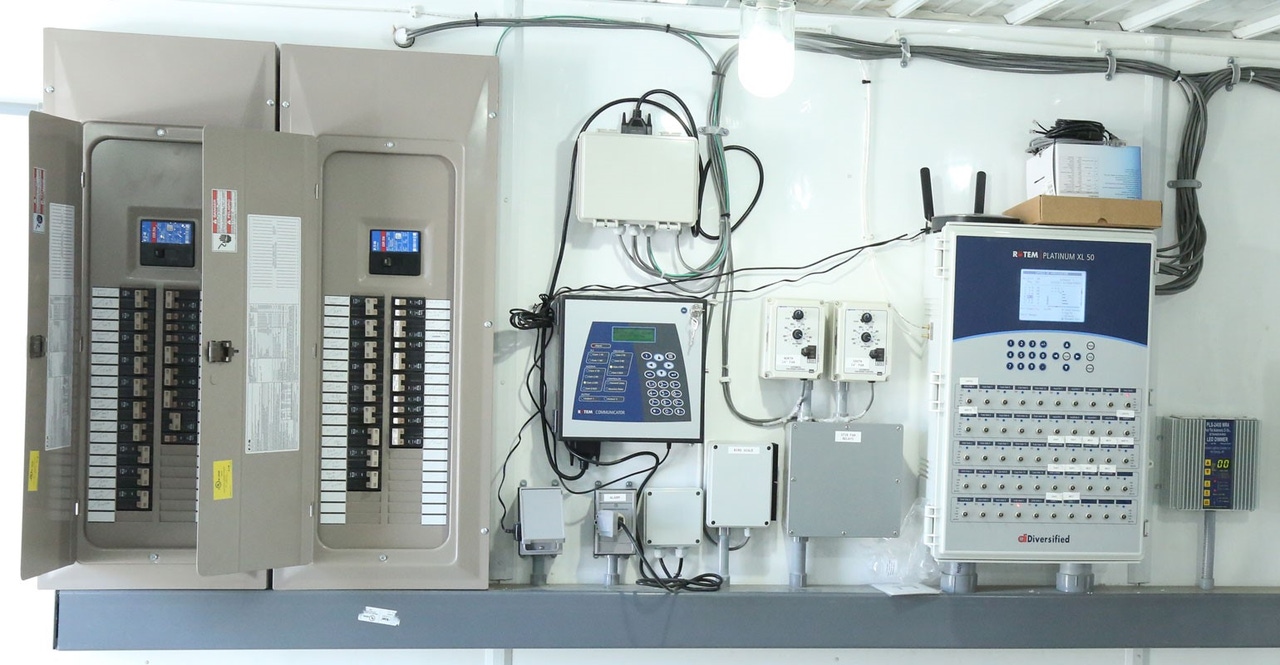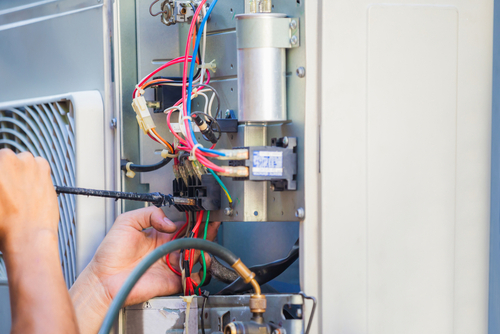Dependable technical support for electrical industry solutions.
Dependable technical support for electrical industry solutions.
Blog Article
Top Tips for Effective Electrical System Troubleshooting
Fixing electric systems requires a methodical strategy, grounded in a detailed understanding of electrical principles and security protocols. By acquainting oneself with circuit components, utilizing vital devices, and sticking to an organized examination technique, professionals can efficiently identify and resolve problems. However, the subtleties of effective fixing expand past plain technological knowledge; understanding just how to document findings and focus on safety can dramatically affect end results. As we explore these essential aspects better, it comes to be clear that mastering this process is not just useful but vital for success in the field.
Understand the Fundamentals
Comprehending the basics of electrical systems is vital for efficient troubleshooting, as a strong foundation permits service technicians to identify and solve issues a lot more effectively. A detailed grasp of electrical concepts, such as voltage, existing, resistance, and power, is important in determining the origin of problems. Voltage is the electrical possible distinction that drives existing through a circuit, while resistance opposes the circulation of present, impacting the total capability of the system.
Knowledge with circuit components, including resistors, capacitors, diodes, and changes, is likewise critical. Each component plays an unique function in circuit actions and can influence efficiency when malfunctioning. Furthermore, understanding series and parallel circuit configurations is important, as these plans affect the circulation of voltage and current within the system.
Service technicians must be mindful of possible dangers, such as shock and short circuits, to execute safe troubleshooting methods. By understanding these fundamental ideas, service technicians enhance their capability to carry out reliable diagnostics and fixings, ultimately leading to boosted performance and reliability of electric systems (electrical system troubleshooting).
Gather Necessary Devices
Reliable troubleshooting of electrical systems requires the appropriate set of tools to diagnose and deal with issues properly. Important tools consist of a multimeter, which determines voltage, current, and resistance, enabling for exact examinations of electric parts.
In addition, insulated hand devices such as screwdrivers, pliers, and cord pole dancers are critical for securely manipulating electric links. It is also suggested to have a circuit tester on hand to validate the existence of voltage in outlets and wires. For more facility systems, a thermal imaging cam can aid identify overheating components, indicating potential failings.

Comply With a Methodical Method
Having actually gathered the proper tools, the following action in troubleshooting electrical systems is to follow an organized approach. A methodical method makes sure that service technicians can identify faults efficiently and precisely, reducing downtime and preventing unneeded fixings.
Begin by examining the system's schematic diagrams and requirements. This entails checking each part systematically, starting from the power source and working in the direction of the load.
Use testing devices, such as multimeters and oscilloscopes, to gather unbiased data concerning voltage, current, and resistance at numerous factors within the system. This empirical proof will certainly direct your troubleshooting initiatives and assist to validate or get rid of potential reasons for failure.
In addition, take into consideration environmental variables that may influence the system's performance, such as temperature fluctuations or dampness ingress. A comprehensive evaluation of wiring, links, and parts will certainly make certain that all possibilities are made up.
Document Your Findings
Detailed paperwork is essential in the troubleshooting process of electrical systems. Accurate documents improve the effectiveness of identifying persisting problems and assist in communication among staff member. Each finding must be thoroughly kept in mind, consisting of signs and symptoms observed, tests carried out, and the outcomes of those examinations. electrical system troubleshooting. This practice not only help in understanding the root cause of the problem yet likewise functions as a referral for future fixing efforts.

Additionally, preserving a log of parts replaced or repair services done is vital. This information supports stock administration and can help assess the longevity and integrity of specific elements.
Inevitably, the documentation procedure should be thorough yet concise, Full Article allowing easy retrieval and review - electrical system troubleshooting. By prioritizing thorough documents, specialists can create an important data base that not only help in current troubleshooting but likewise encourages future maintenance initiatives, therefore enhancing total system dependability

Prioritize Precaution
Recognizing the intrinsic dangers linked with electrical systems is vital for ensuring security throughout troubleshooting. Electric shock, burns, and devices damages are simply a few of the prospective dangers that specialists face. Focusing on safety procedures is not just a lawful commitment however likewise an ethical vital that safeguards both the professional and the surrounding setting.
Before beginning any type of troubleshooting task, specialists need to don suitable personal safety equipment (PPE), consisting of shielded gloves, shatterproof glass, and flame-resistant clothes. Guaranteeing that the workplace is completely dry and devoid of mess can significantly minimize the risk of accidents. In addition, it is necessary to de-energize circuits prior to starting any job, verifying that they are not live via making use of a multimeter or voltage tester.
Establishing clear interaction protocols with team members is also vital; this makes sure that every person is mindful of possible risks and the standing of the electric system being serviced. Having an useful reference emergency feedback strategy in location can verify very useful in the event of an occurrence. By prioritizing safety and security actions, service technicians can properly reduce dangers and promote a safer workplace.
Final Thought
Reliable electric system repairing counts on a detailed understanding of basic concepts and a systematic technique. By collecting crucial tools, adhering to methodical examination methods, and diligently documenting searchings for, the fixing procedure ends up being more effective and dependable. Prioritizing security measures guarantees the health of people entailed and the integrity of the electrical system. Executing these techniques will boost the repairing experience, resulting in quicker resolutions and enhanced operational performance in electrical systems.
Report this page